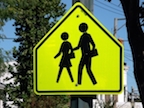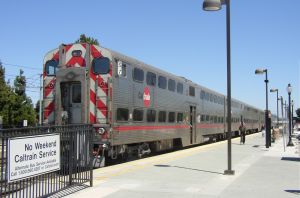
The collision between a Union Pacific freight train and a Metrolink commuter train on Sept. 12, 2008, in the Chatsworth area of Los Angeles was a tragically memorable accident in which 25 people died and another 135 were injured. In the wake of that sad day, the National Transportation Safety Board issued a report that pinned the blame for the accident on the engineer of the Metrolink and called for additional safety measures to help prevent future collisions. However, San Francisco train accident attorney Gregory J. Brod has learned that apparently the NTSB’s recommendations have fallen on deaf ears among some rail agencies in the Bay Area.
The NTSB report determined that the probable cause of the Chatsworth collision was the fact that the Metrolink engineer failed to notice and properly respond to a red signal by stopping at a critical juncture because he was distracted from his duties while text messaging. The NTSB identified two specific safety issues relevant to the Chatsworth incident, which were as follows:
- Inadequate capability, because of the privacy offered by a locomotive operating compartment, for management to monitor crew member adherence to operating rules such as those regarding the use of wireless devices or the presence of unauthorized persons in the operating compartment.
- Lack of a positive train control system on the Metrolink rail system.
The NTSB’s safety recommendations to the Federal Railroad Administration were very specific as well, including the need to install audio and image recorders within locomotive cabs to verify that crew actions were in compliance with the rules and procedures necessary for safety and train operation. In addition, the NTSB recommended that railroads regularly review and employ the audio and image recorders in tandem with other performance data.

One would think that a high-profile tragedy with multiple fatalities such as the Chatsworth train accident would be a seminal event that would prompt train authorities to review their safety measures and modify them as needed, especially with a major report with safety recommendations having been produced by the relevant federal agency as a result of the accident. However, according to KTVU News, in the Bay Area the NTSB’s recommendations have gone largely unheeded among the region’s transit agencies.
Among the key rail agencies, Amtrak is working on installing equipment that the NTSB recommended in its cars by 2015; BART has added the suggested cab interior cameras but lacks a video view of its tracks; and Caltrain has no cameras within locomotives but has cameras outside its trains.
“If an engineer runs a signal the system will automatically stop the train,” said Caltrain spokeswoman Christine Dunn. “If another train is coming into the station too fast, it’s going to slow that train down. It’s going to prevent accidents.”
Continue Reading ›
 San Francisco Injury Lawyer Blog
San Francisco Injury Lawyer Blog


 Exit lane misuse in the Bay Area inspired a
Exit lane misuse in the Bay Area inspired a 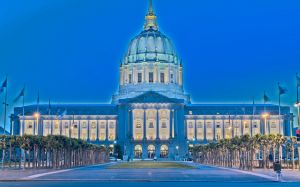
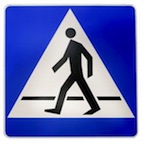


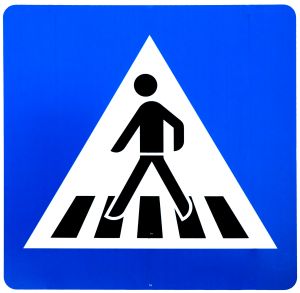

 Often the law is an effort to resolve two competing interests. For example, traffic laws balance personal freedoms with safety concerns and tax laws balance a need for government services with the reluctance to pay for shared services. We have previously mentioned the law of sovereign immunity, a balancing decision that often protects a government institution while taking away an injured person’s right to recover damages. Last week, a federal court sitting in California looked at a question of
Often the law is an effort to resolve two competing interests. For example, traffic laws balance personal freedoms with safety concerns and tax laws balance a need for government services with the reluctance to pay for shared services. We have previously mentioned the law of sovereign immunity, a balancing decision that often protects a government institution while taking away an injured person’s right to recover damages. Last week, a federal court sitting in California looked at a question of 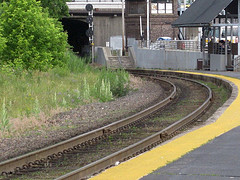 As of late Monday,
As of late Monday, 